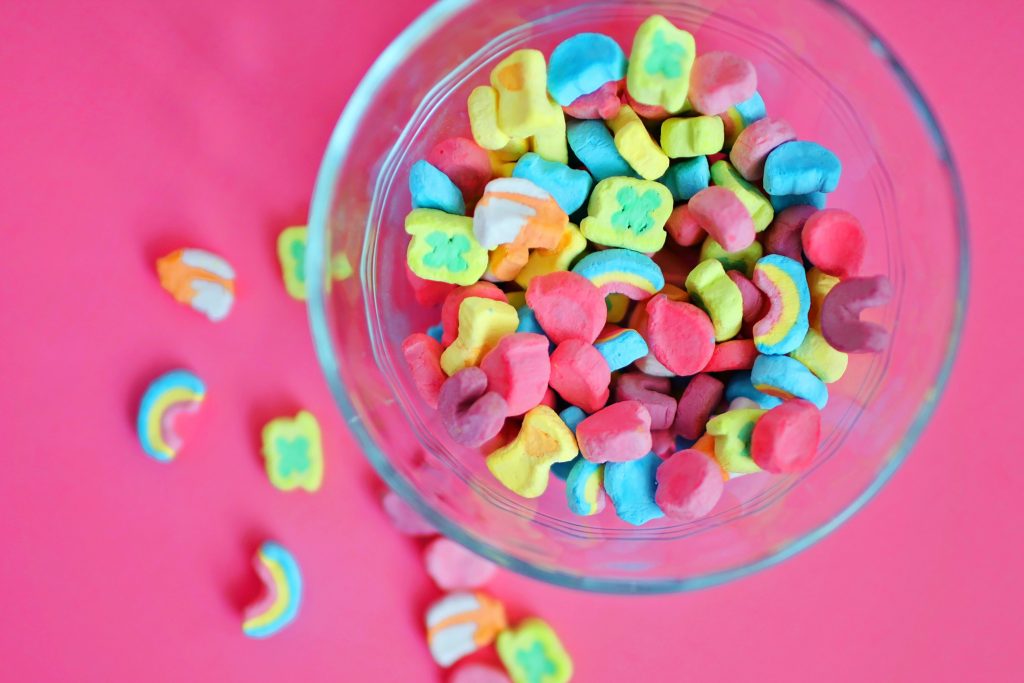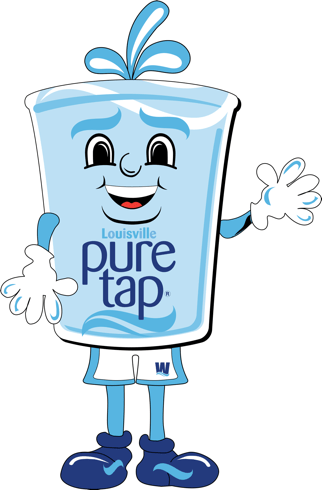Where’s the Sugar?

Outcome
Students will learn the amount of sugar in some of their favorite snacks.
What you’ll need:
- Teaspoons
- Measuring cups
- Sugar
- Snack choices (ones students provide or you choose)
- The day before this experiment, poll the class to learn what they’ve had for a snack after school the past week. Or you might ask students to log for one week their snack choices. Make sure to include food and drinks. (It’s best not to tell them why you’re doing this!)
- Choose several of the items the students list and bring them to class.
- Explain how you’ll look at the sugar content of each snack.
- Look at the nutrition label and the ingredients for each snack. Talk about what’s on the label. Look at the ingredients. Are the ingredients listed in alphabetical order? (Ingredients that are most prominent in food are listed first.)
- Find the sugar content of each serving of a snack. Remember – some snacks may include two to three servings.
- Calculate the amount of sugar in each snack. Count out the number of teaspoons of sugar in each snack into the measuring cup – the visual makes the impact here!
- Talk about the results. Use the table below to examine the difference between plain Cheerios and Honey Nut Cheerios, a glazed doughnut and plain one. It’s important students understand they can eat sweets; they need to watch when and how much they eat.
Approximate Sugar Content of Selected Snacks and Drinks Per Serving (1 teaspoon = 4 grams)
| Mountain Dew | 31 grams per 8 ounces | 7-3/4 teaspoons |
| Juice Box | 26 grams | 6-1/2 teaspoons |
| Chocolate Candy Bar | 9 grams per 1 ounce | 2-1/4 teaspoons |
| Glazed Doughnut | 24 grams | 6 teaspoons |
| Plain Doughnut | 12 grams | 3 teaspoons |
| Plain Cheerios | 2 grams | ½ teaspoon |
| Honey Nut Cheerios | 11 grams | 2-3/4 teaspoons |
| Fruit Roll-up | 7 grams | 1-3/4 teaspoons |
| Ice Cream Sundae | 28 grams | 7 teaspoons |
Have students analyze the snacks in the school vending machine.
What percentage have sugar content higher than 1 teaspoon per serving?
What drinks are in the machines?

